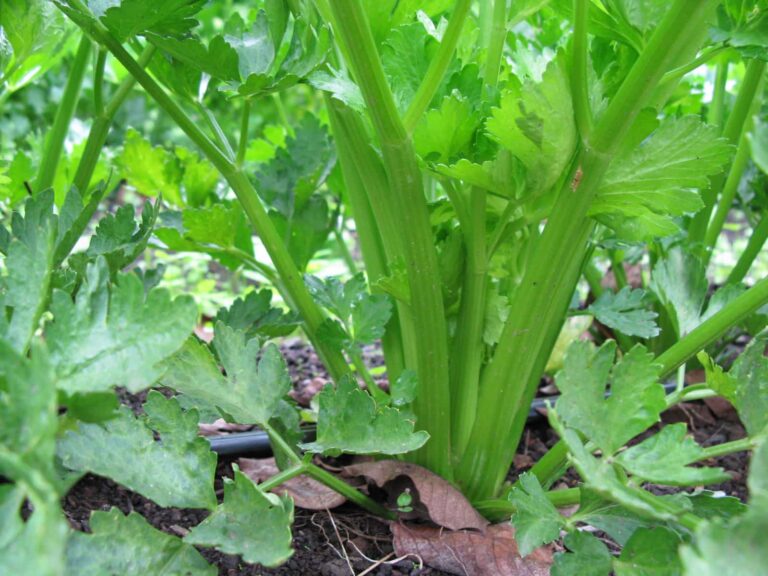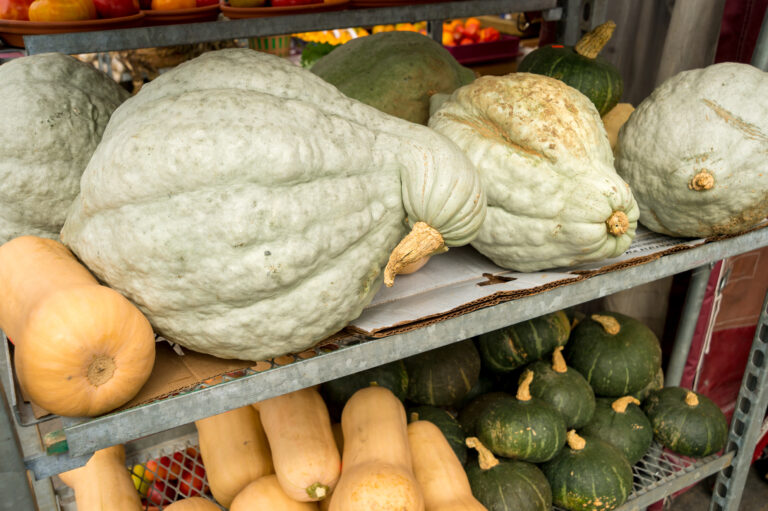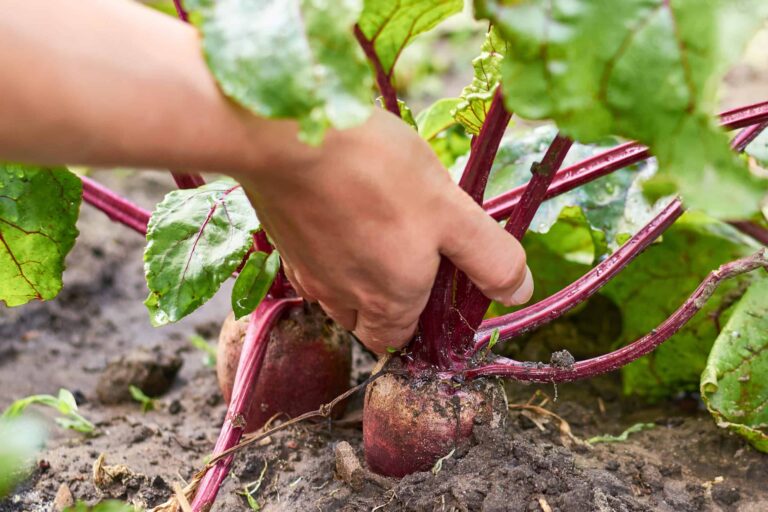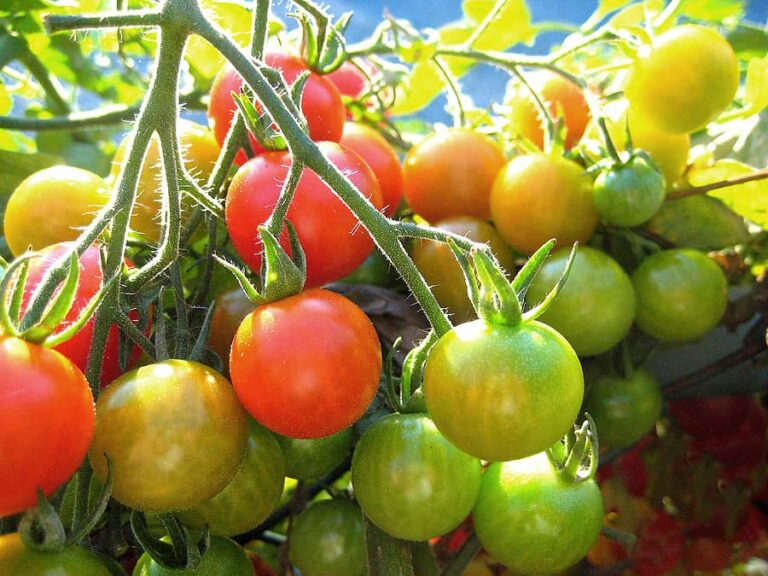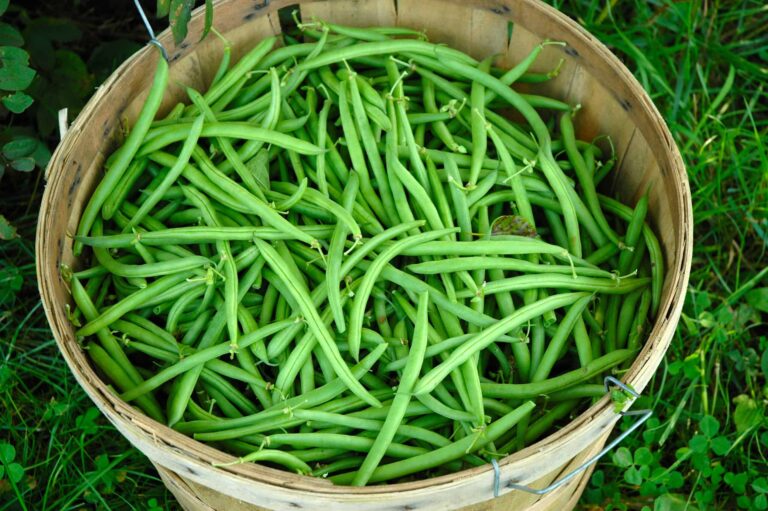When and How to Harvest Okra for Best Flavor
As someone who has grown okra for many years, I can tell you that timing is everything when it comes to harvesting for the best flavor. Okra is a warm-season vegetable that thrives in hot climates, and its tender pods are a delicious addition to many dishes. But getting them at the right stage—before they become tough and fibrous—is key to unlocking that sweet, tender flavor we all crave. Here’s what I’ve learned about when and how to harvest okra for maximum flavor and quality.
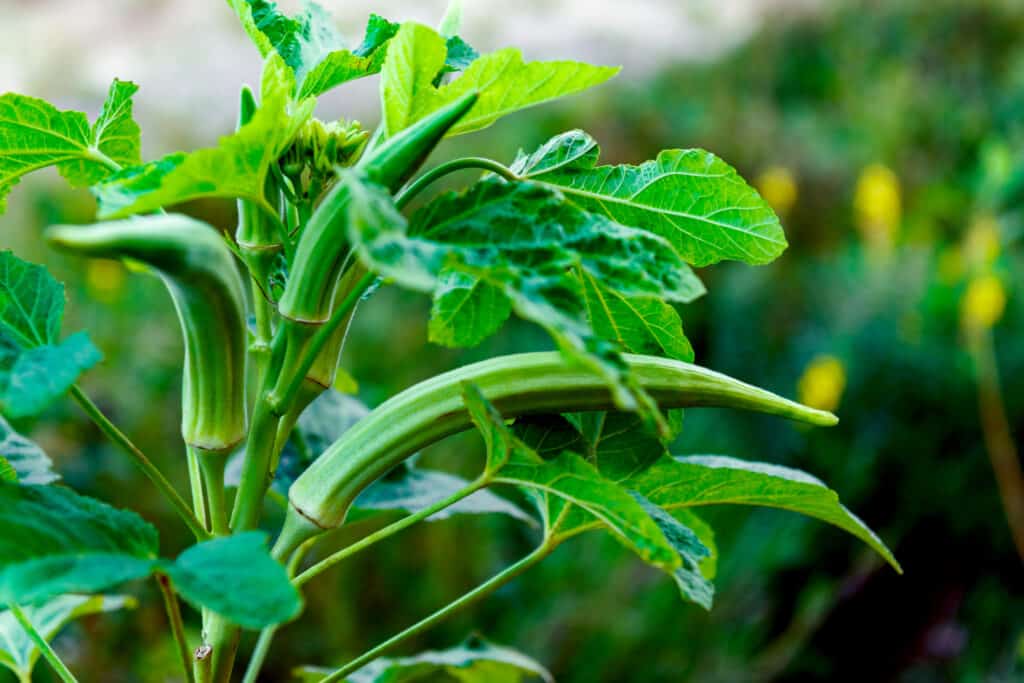
When to Harvest Okra for the Best Flavor
Okra pods grow quickly once the plants start flowering, and they can go from tender to tough in just a matter of days. I’ve found that the best time to harvest okra is when the pods are about 2 to 4 inches long. At this stage, they’re still young, tender, and full of flavor. Waiting too long to harvest results in pods that become woody and fibrous, which can negatively impact the flavor and texture.
You’ll also notice that okra pods can change quickly in size. Once they reach the 2 to 4-inch range, check them daily. The best way to gauge when to harvest is by gently squeezing the pods. They should feel firm but still slightly pliable. If they’re hard to the touch or if you can see small bumps forming on the surface, it’s likely too late for optimal flavor.
In hot summer climates, okra can mature and begin to produce new pods in waves, so it’s important to keep an eye on the plants and harvest frequently to prevent overripe pods. I harvest every 2 to 3 days to ensure a steady supply of tender pods.
- Harvest okra when the pods are 1 to 4 inches long. Pods should be soft and the seed should be only half-grown.
- The more you pick okra the more you’ll get. When picked often, okra will keep producing until the first frost.
- Flowers and pods first appear at the base of the plant and then keep producing upward. Okra can easily grow from 4 to 6 feet tall or taller in warm, long-summer regions. In late summer, cut the tops of tall plants back by one-third and new buds and pods will appear along the main stem to produce a late-season crop.
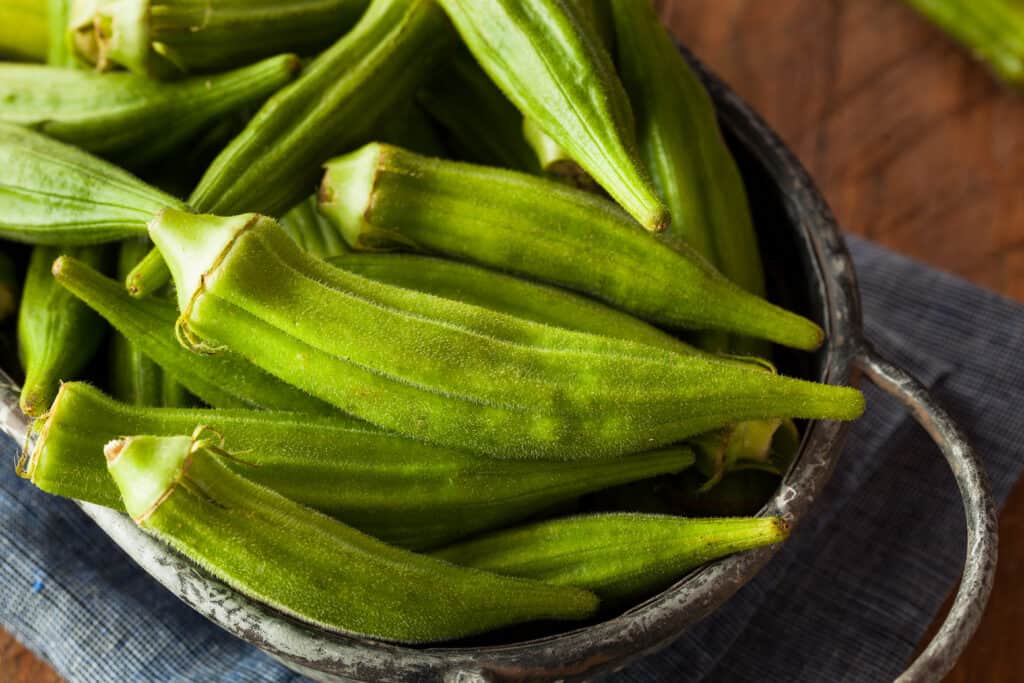
How to Harvest Okra Without Damaging the Plant
One of the most important things I’ve learned over the years is that harvesting okra correctly can make a big difference in the health of the plant. Okra plants can become quite tall and full of pods, which makes it easy to overlook the delicate process of harvesting. To avoid damaging the plant, always use a sharp knife or pruning shears to cut the pods off the plant. You want to avoid pulling or twisting the pods, as this can damage the main stem or the plant’s branches.
When cutting the pods, aim for the stem just below the pod. Some people recommend leaving a small section of stem attached to the pod, as it helps to maintain freshness and prevent the pods from spoiling quickly. Be sure to wear gloves, as the pods can be prickly and can cause irritation on your skin. I also suggest wearing long sleeves when harvesting, especially with certain varieties that are more spiny.
- Harvest okra pods using garden pruners or scissors leaving a short stub attached to the fruit. Contact with the stiff hairs on okra leaves can cause some people to itch; wear gloves and a long-sleeved shirt when you pick okra.
- Okra should be harvested “cut-and-come-again”—that means pick pods every other day so that you get pods when they are tender and taste best. Don’t let mature pods stay on the plant; they will become stringy and bitter, and—like summer squash—the plant will stop producing.
Harvesting Okra for Continued Production
Okra is a prolific producer, and the more often you harvest, the more it will continue to produce. This is one of the best things about growing okra in your garden. Regular harvesting encourages the plant to produce new pods and keeps the plant healthy. If you leave mature pods on the plant for too long, the plant will stop producing and focus on seed production instead.
So, make sure to keep a close eye on your plants, especially during peak growing season. By harvesting consistently, you’ll not only enjoy the best flavor but also extend the life of your plants for a longer harvest season.
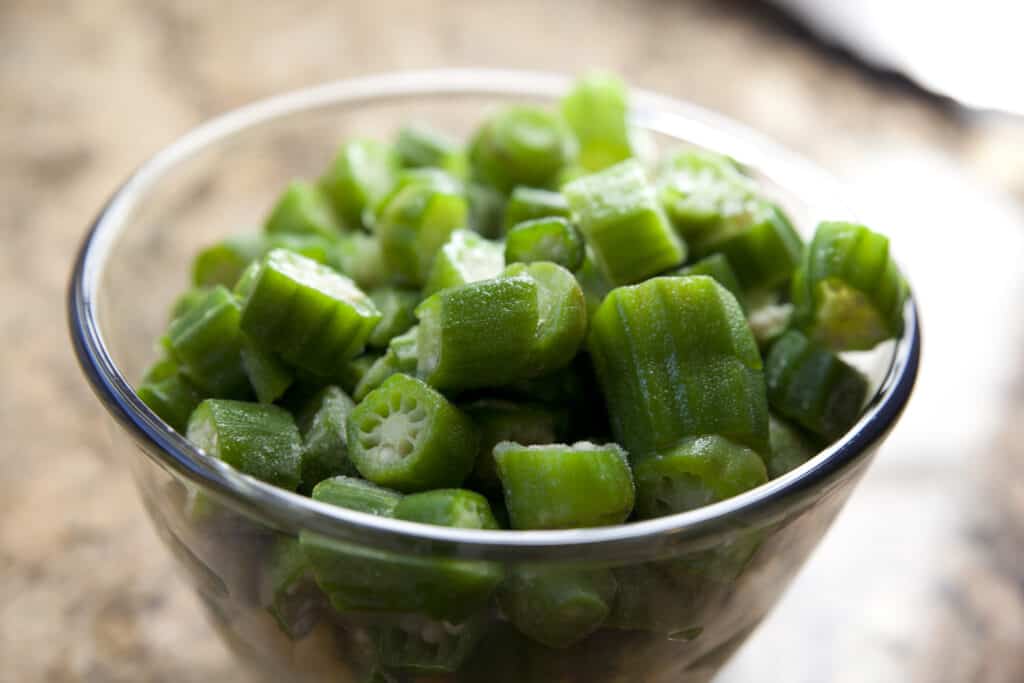
How to Store Harvested Okra for Best Freshness
Once you’ve harvested your okra, it’s important to store it properly to maintain its freshness and flavor. Okra is best eaten fresh, but if you have an abundance, you can store it in the refrigerator for a few days. Place the pods in a paper bag or wrap them in a damp cloth to prevent them from drying out. For longer storage, okra can be frozen, though the texture may change slightly after freezing. To freeze okra, blanch the pods briefly in boiling water, then cool them in an ice bath before freezing them in airtight containers.
- Okra tastes best the day you pick it. Use pods immediately or they will begin to lose quality and flavor.
- Okra does not store well, but if you must keep okra for more than a day or two, store pods in a perforated plastic bag in the vegetable crisper section of the refrigerator.
- Pods refrigerated for more than a day or two often suffer chilling injuries and turn black.
Related Okra Articles:
🥬 Start Here
🌱 Planning & Planting
- When and Where to Plant Okra In Your Garden
- How to Successfully Grow Okra in Short Summer Regions
- How Day Length Affect Okra Growth-What You Can Do About It
- How to Grow Okra in Containers: Tips from My Garden
- How to Plant Okra: Step-by-Step Guide
🌿 Care & Maintenance
🧬 Varieties & Selection
🛠️ Troubleshooting & Problem Solving
🥬 Harvest & Kitchen Use
Garden Planning Books at Amazon:
- Vegetable Garden Almanac & Planner
- Kitchen Garden Grower’s Guide Vegetable Encyclopedia
- Vegetable Garden Grower’s Guide
- Tomato Grower’s Answer Book
More harvest tips:
Learn when and how to harvest your favorite vegetables for the best flavor and texture. Get storage tips for each crop. Click on the vegetable you are growing below.
- Artichoke
- Arugula
- Asparagus
- Beans
- Beets
- Broccoli
- Brussels Sprouts
- Cabbage
- Cantaloupe — Melons
- Carrots
- Cauliflower
- Celery
- Chard
- Collards
- Corn, Sweet
- Cucumbers
- Eggplant
- Endive and Escarole
- Garlic
- Jerusalem Artichoke
- Kale
- Kohlrabi
- Leeks
- Lettuce
- Melons
- Okra
- Onions
- Parsnips
- Peas
- Peppers
- Potatoes
- Pumpkins
- Radicchio
- Rhubarb
- Rutabaga
- Spinach
- Squash, Summer
- Squash, Winter
- Sunchokes
- Sweet Potato
- Swiss Chard
- Tomatillo
- Tomatoes
- Turnips
- Watermelon



